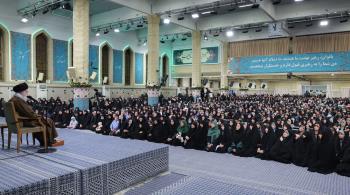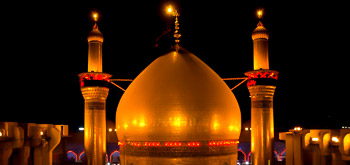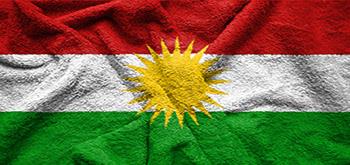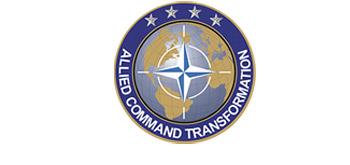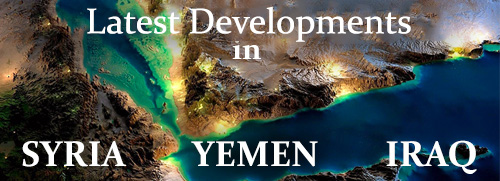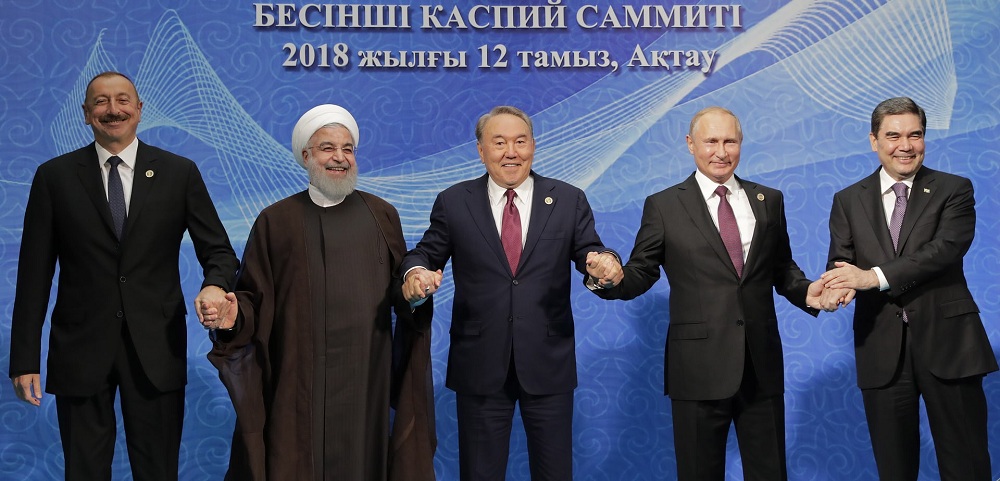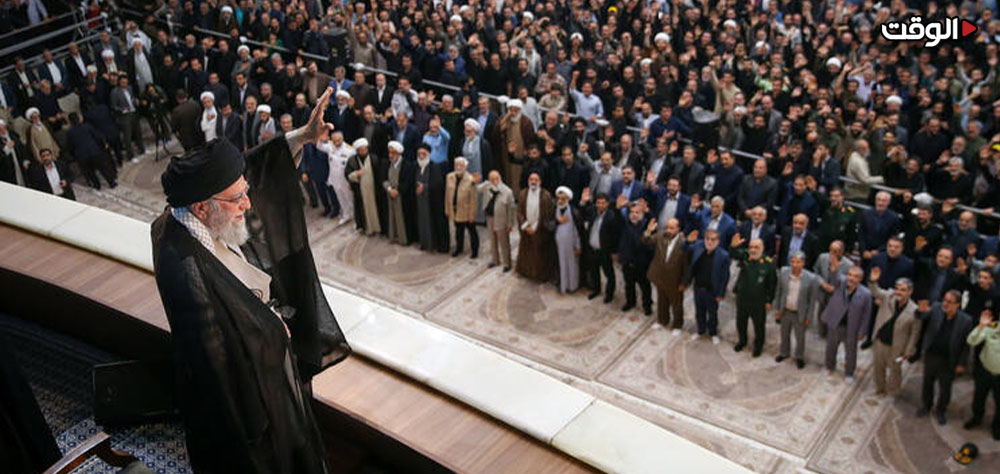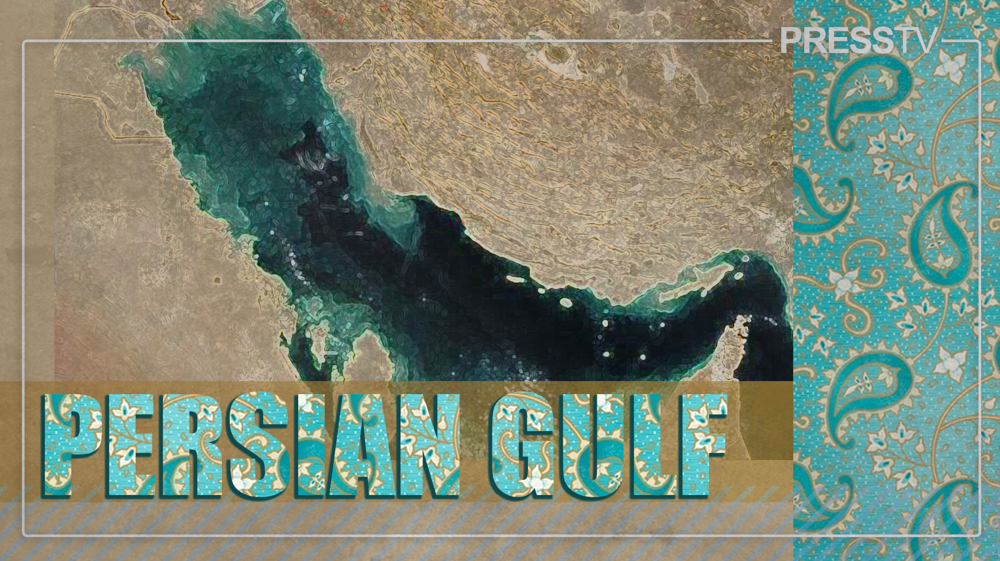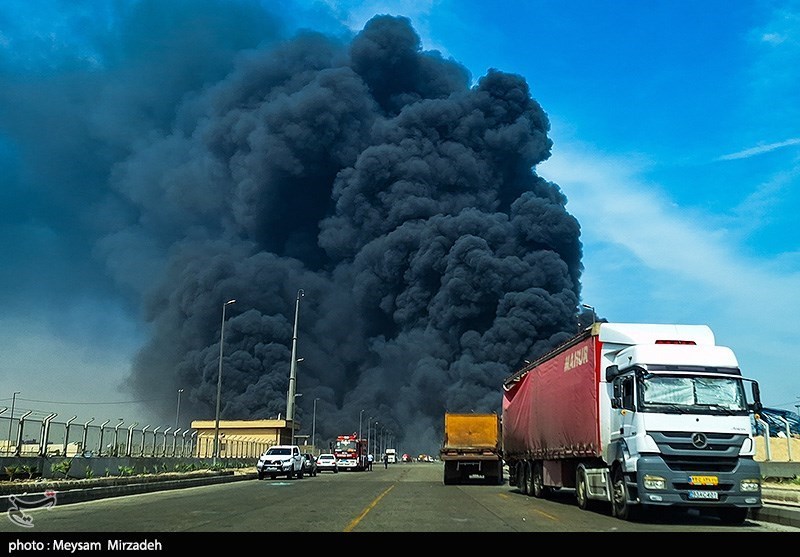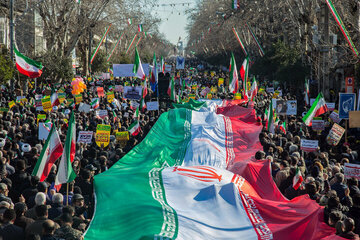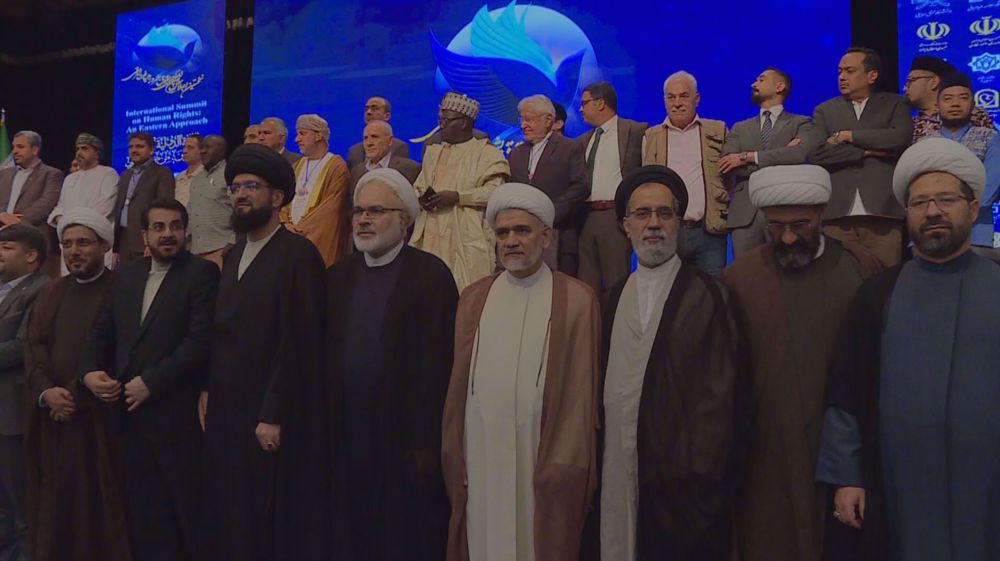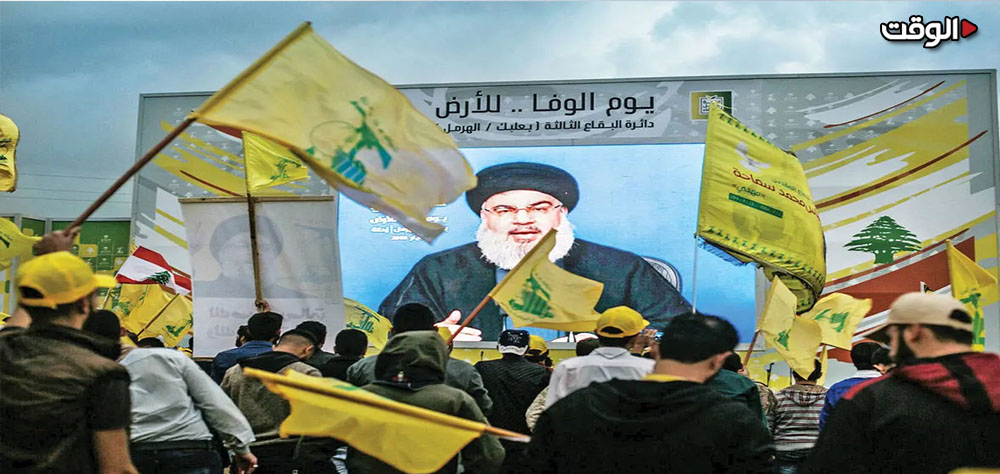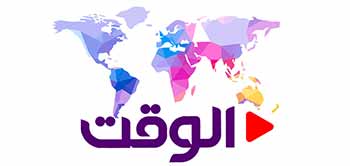Alwaght- Meeting in the Kazakh port city of Aqtau, the presidents of Azerbaijan, Iran, Kazakhstan, Russia, and Turkmenistan signed on Sunday a new convention on the legal status of Caspian Sea, putting an end to over 20 years of talks on the resource-rich sea.
Since 1991, the year of the breakdown of the Soviet Union, the number of the littoral states increased to five, as new republics of Kazakhstan, Azerbaijan, and Turkmenistan came to existence. The rise in the number of the sharing states caused some differences on a set of issues like energy, shipping, and environment.
The issues, especially the important of them like the oil and gas reserves, pushed the five countries to negotiate a legal status since 1993. But during the past 25 years, they declined to reach a settlement, until August 12 when they signed a document that settled a large part of the disputes.
The leaders of five states signed cooperation protocols on counterterrorism, organized crimes, economy, trade, transportation, safety, and coast guarding in the Caspian Sea area.
What did the leaders say?
During the signing ceremony, the Iranian President Hasan Rouhani said that despite signing the important document, there remain some unsettled issues that require more dialogue.
The Iranian president further said that according to the convention, the foreign military forces are banned from activity in this sea. The littoral states cannot allow others to use their territory to take action against another littoral state.
President Nursultan Nazarbayev of Kazakhstan told the press that reaching a consensus on the legal status was a difficult and time-taking job. He talked about over 20 years of dialogue and praised the five states’ efforts that ended in the deal.
The Russian President Vladimir Putin called on the states to hold an economic summit now that they have reached the accord, saying that a Caspian Sea economic conference will do much for the good of strengthening the littoral states’ ties. He went on talking about the importance of the convention, saying a clear legal status will build the ground for closer cooperation boost. The Russian leader maintained that the convention helps determine the share of each nation and also guarantee that foreign military forces will not enter the shared sea. He noted that he agreed with his counterparts’ viewing the fifth summit as having a historic significance because the document draws exclusive lines for a shared responsibility and use of the sea.
What does the convention say?
According to the draft convention, a version of which is released to the media, Caspian Sea is labeled “a model of peace, stability, and friendship.” All of the issues concerned with the sea, the document says, should be settled by the littoral states and third parties are prohibited from political meddling or military intervention. The states should show respect for each other’s national sovereignty and security.
Article 14 suggests that the countries can construct oil and gas pipelines on a bilateral agreement basis, without the need to get the agreement of all of the states.
The document also has its say on the environment. For example, a protocol, dubbed EIA, maintains that if one of the five states intends to launch a project in the sea or on the coast, it has to incorporate others into the assessment and decision-making process. This is implied, rather than specified, in the text.
Following the meeting, Iran’s foreign ministry released a statement making some clarifications on the document’s details and future of the region.
Here are some parts of it:
- The legal status does not draw marine and submarine borderlines. This should be done later in separate agreements.
- The third clause of the document’s first article, which addresses the definition of the straight baselines, is especially related to Iran. The clause, the statement says, it included with regard to Iran’s special status. According to the legal status, straight baselines drawing method should be determined by a separate agreement.
-If the shape of a country’s coast apparently makes it hard to draw its territorial waters border, the situation should be taken into account in the implementation of an agreed-upon method.
What issues remain unresolved?
Some issues remain unresolved by the document, including the border lines, baselines, and use of resources. These are the most important issues that remain disputed by the littoral countries.
The major debate is about the 10 to 15 percent of the remaining unresolved matters. The major question is that how much is every country’s share of the Caspian Sea. While drawing borders and baselines is delayed for future negotiations, for now, no talk about each country’s percentage is credible. Border drawing will be the most difficult issue, allowing no accurate predictions about the prospective deals. Still, the baselines case will be easier to reach an agreement about.
Many analysts suggest that the convention signing will effectively decrease the tensions in the long run. They liken it to the countries’ constitution, a comprehensive document and a frame within which each coastal state’s rights and responsibilities are specified.
Aside from environmental significance, the Caspian Sea is important for its energy resources, shipping, and fishery. Figures hold that the oil reserves in the area reach 50 billion barrels, and the gas reserves are close to 300 billion cubic meters. Following the summit, the Kremlin released a statement, saying the document allows the five nations to determine a large part of the sea as a common region so that they can commonly use its resources.


